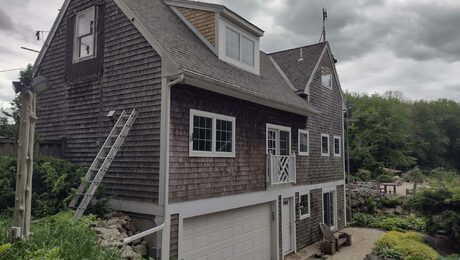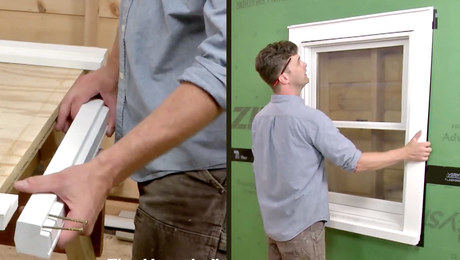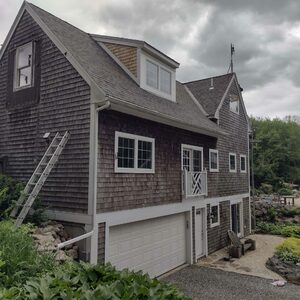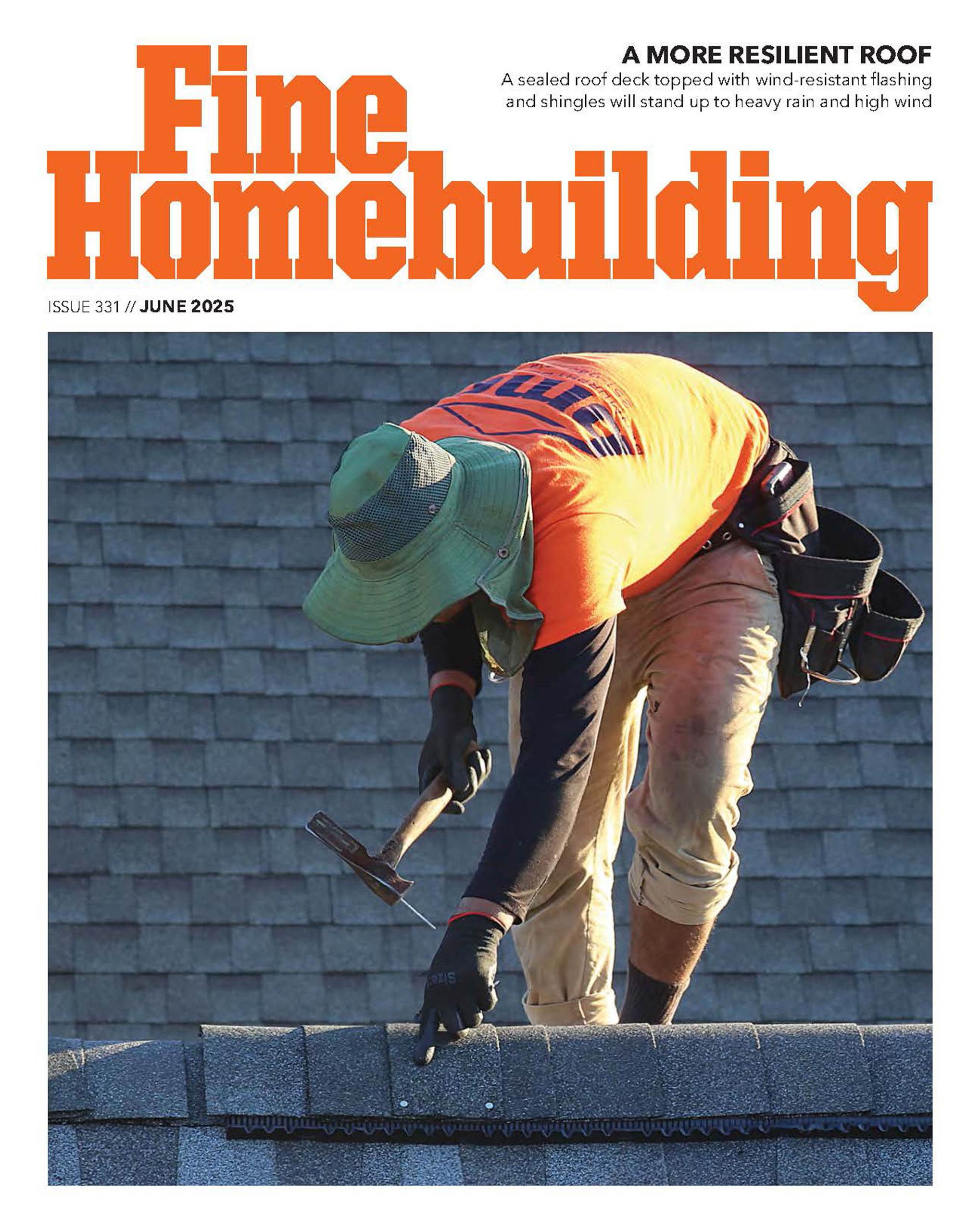sealing concrete against efflorescence
Is there a sealant for concrete that will stop efflorescence?
45-year-old concrete slab house in SoCal had an addition 20 years ago. Some efflorescence has occurred along the joint between old slab and addition, actually building up 1/4″ in places, such that it could be easily sensed when someone stepped on the carpet there.
I just had the joint ground smooth before new carpet gets installed (original contractor had just feathered the high spots in the joint with FixAll causing a ridge the whole length of the joint) and I’d like to coat/fill it with something to stop efflorescence from producing new bumps.
at the same time as the room addition, we had a box bay window installed over a new slab extension with storage under a window seat. Unfortunately, we haven’t been able to use it because anything in that storage space becomes musty from the dampness coming through the slab.
Would an epoxy sealer or floor paint stop the efflorescence and mustiness in the window seat storage?



















Replies
keep the concrete dry
"keep the concrete dry"You really should have added a smiley face :) after your little joke. Otherwise some people might have thought it was a serious answer.BruceT
He's serious.
I agree with him.
You's got water coming thru from the other side.
Did either of you read the post? Of course if there's efflorescence there's water coming through, but how exactly do you propose to dry the underside of a 25-year old concrete slab floor?BruceT
One digs trenches. Sometimes deep trenches. Then drains are installed... Maybe sump pumps.
Sometimes other methods and mechanisms can be employed - depending...
I think they're right. If you apply some kind of elastomeric sealant (like redgard,or somesuch), it'll eventually bubble up over the water pressure and effloresence. It won't have enough adhesion to resist the pressure. It might take a little while, but it'll happen.
The only real solution is to drain the area, probably easiest with perimeter trenches and french drains to daylight or sumps and pumps. If you're on a slope, you might only need to drain the uphill side, but that's a gamble too.
k
What pressure? This isn't a basement, it's a slab above grade on a dead flat lot where moisture from the soil is wicking up through a small crack between the original slab and the slab of the addition.BruceT
Even a slab on grade will have differential pressure from under.
I have seen stain type effloressence on grade where wicking may have been as much of a factor as pressure, but to get crunchy salts building up, I would really guess there's a fair bit of pressure.
But, you certainly could try scrubbing it down and applying redguard or one of the abocrete products. http://www.abatron.com . No sealant company will give you a warranty for a sealer on the inside of a concrete barrier, though.
I'm a big proponent of french drains. I lobby for a double barreled system, with one closed pipe carrying downspout water, and perf pipe collecting sub surface water, both tying together and daylighting downhill of property or dumping into a collector sump with an ejector pump porting out away from the property if daylighting isn't possible..
k
edit- is your level lot on or near the top of a hill? or is it a level valley bottom?
Edited 3/10/2009 1:33 am ET by KFC
Edited 3/10/2009 2:02 am ET by KFC
House pad is 2 feet higher than street level. Nearest high ground is a mile away. Average annual rainfall is 12".BruceT
Check out Xypex. It penetrates the concrete and forms crystals stopping water from migrating through it. Unfortunately it doesn't penetrate the smooth surface of a slab as well as it does rougher concrete, but I have had very good results with it.
I once used it on the walls of a large cistern, which is subject to very similar pressure to that which other posters have suggested your slab may experience, and afterwards it didn't lose a drop.
House pad is 2 feet higher than street level. Nearest high ground is a mile away. Average annual rainfall is 12"
Still has to be a source of water someplace.
Lateral field and a/c condensate are a couple that come to mind, and it may be coming from a source on a neighbor property. Stop the water, stop the problem.
Meanwhile, since it only occurs at a cold joint in the slab, you might need to saw cut the joint and then seal the saw cut, followed by backer rod and a self leveling caulk.
The area under the window seat sounds like a condesation issue. Since it is on the edge of the slab, it is colder than the interior air temperature. When it reaches the dew point temp for the RH inside the room, you get condesation. A possible solution is do an exterior edge insulation and lower the room RH by using a dehumdifier.
I use to live in his neck of the woods. And I was surprised where water can come from.
But For Bruce's advantage:
Your irrigation. Or your neighbor's irrigation. It will saturate your soil and the vapor will migrate up and thru. Although you may feel this is sandy soil, S. California came up out of the sea bed and is primarily clay. Below your sand. Check with a local geologist for confirmation. In my day out there, I removed and replaced my garage floor (and all of the outside hardscape), provided great drainage, sand, etc. Beautiful job until I wanted to put an epoxy floor down. There was so much water coming up from the new floor two years later, that I gave up. Small flower beds on the sides of the garage had drip irrigation and provided enuff water to eventually back up on the underlying clay. It's only release was thru the garage floor. My drainage wasn't what I thought it would be.
Your pool. Or your neighbor's pool. A small crack can put hundreds or thousands of gallons of water a day into the soil - unnoticable when there is an automatic fill mechanism built in. The clay issue again.
Someone's fishy pond. Cracks, clay.
As well as, some shakey side plumbers have learned there are big profits in simply doing "leak detection" services. Since you guys don't believe in basements there, many builders will run their water lines up thru the ceement slabs. A good many don't survive. Broke waste lines (BTDT) also pump water into the dirt.
Nearest high ground is a mile away. Average annual rainfall is 12".
Right, but the whole LA basin drains the ring of hills "a mile away". (I'm assuming the house is in Huntington Beach, from your profile. By the way- Huntington Beach, dude! Niiiice.)
12" a year is pretty dry, when you look at it like that, but you get zero inches from April to November. How much rain have you had in the last six weeks?
k
edit- yeah, I know the main ring of hills is more than a mile from huntington beach... the point remains, tho.
Edited 3/10/2009 11:41 pm ET by KFC
You really should have added a smiley face :) after your little joke. Otherwise some people might have thought it was a serious answer.its not a joke, eff is salt thats leaks out of the concrete with movement by water, so if the device that drives the salt out is not there , then the end product would not be there
How do you dry under a slab? Dampness permeates the soil, in this case moving past an 18" exterior footing. It's not like ground water invading a basement. I've dug holes in the yard 3 feet deep without finding standing water. There's no hydrostatic pressure involved, just water wicking up through a thin crack between old slab and newer slab.BruceT
My understanding of this problem is that it happens on the other side from what you are looking at. That is, hydraulic pressure is forcing water through the concrete, efflorescence is the result. You aren't going to stop it by applying anything on the inside.
I once had to excavate around one side of the basement of a house, new fabric, gravel, and drain tile in order to stop it. Lots of work, but it did fix the problem.
Scott.
Have the same problem, I'm still facinated at how fast and intricate the salt crystals can grow, but soon I'll have to tacke the problem. I painted the whole slab w expoxy paint (needed it) and after 3 years it blistered up in the worst spots as expected. I was thinking about drilling along the joint and pumping something down under the slab along the joint. Had a honeycomb foundation wall repair years ago on another place. They drilled ~3/16 holes into the concrete voids, then screwed "grease nipples" into the hole, and used a grease gun to pump water into the holes. Once the area was saturated w H2O they injected a poly with reacts with the water to form a rubbery foam. The wall was totally dry after that. A concrete foundation repair guy could tell you the name of the product. Some outfit that does mudjacking could probably do the entire slab, better than diging, no?
I think this discussion got derailed. The problem is at a junction between an old and a new slab, if I've read this correctly, not something coming through the slab itself. Wouldn't a solution be to somehow seal the junction? It might require cutting and putting some sort of material in the gap (epoxy? hydraulic cement?). Not an expert, but maybe this could get back on track.
Thanks. I came to the same conclusion today.I was all set to put epoxy vapor barrier into the cracks when I noticed that the problem area is where a 12' sliding door had been and the stucco there had been floated out with brown coat mortar flush to the overhanging aluminum threshold. The guys who poured the new slab did not remove that floated section and that old mortar is what's wicking water.I chiseled it out and filled the gap with expanding hydraulic cement. If that stuff can stop active leaks through basement walls, it should be able to stop water from wicking up from below.BruceT
If you are in So Cal, where is the moisture coming from? Over watering? It is a pretty dry area.